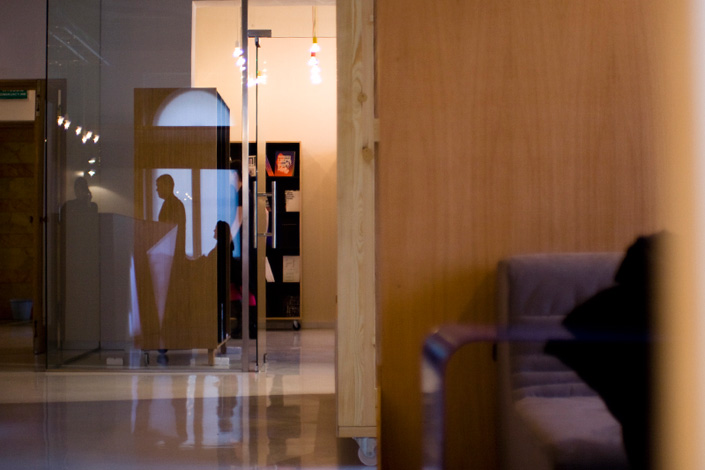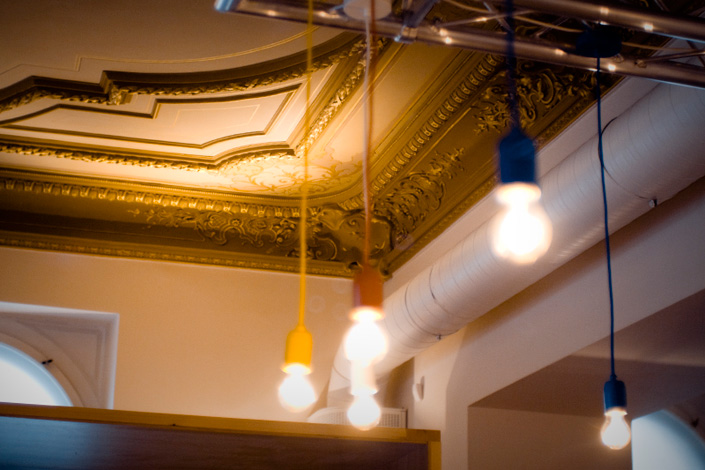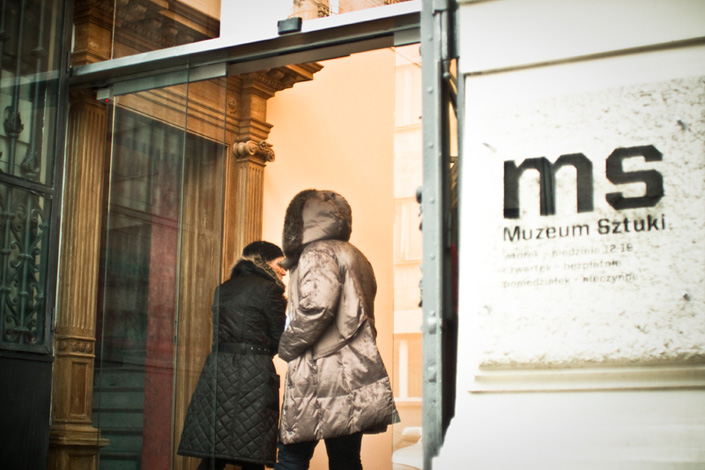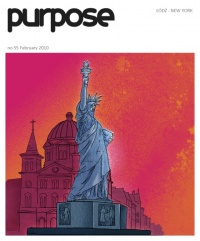
Analysis
Different traditions, similar museums
The Museum of Modern Art (MoMA) was the idea and creation of Abby Aldrich Rockefeller (wife of John D. Rockefeller Jr.) and two of her friends, Lillie P. Bliss and Mary Quinn Sullivan. Thus, it was an initiative of the rich and educated citizens of the city, who invited some top professionals to work for them. Financing of the museum and art purchases were made possible through the efforts of Abby Rockefeller, who, in difficult times of crisis, could persuade New York's prominent citizens and corporations to become donors of the museum. As usual in the USA, the success of the initiative was inspired by a high sense of mission of the American nation.
The situation in Łódź was only slightly different than in the U.S. In that case, the initiative also came from the citizens. However, its success depended on the municipal authorities which enabled the project. The idea was mainly supported by an artist - Władysław Strzemiński who got a great deal of support from the Executive Officer of the Municipal Cultural Centre in Łódź - Przecław Smolik. We need to remember that all the innumerable contributions to the Museum were made not by wealthy people, but by the artists themselves, who were inspired by Strzeminski’s colleagues - Jan Brzękowski and Henryk Stażewski.




MoMA
Significantly, it appears that in both cases we are dealing with a bottom-up initiative, but with a very different methods of implementation. The Museum of Modern Art since its inception has based its activities on a professional fundraising from private sponsors, whereas, the museum in Łódź relied mainly on the enthusiasm of artists and curators, as well as on the support of the city and the state. Such differences result from different traditions and, above all, the postwar history of both cities. For obvious reasons, the private pre-war artistic initiative in Poland became a part of the state institutions. Nevertheless, the feeling that their involvement can give some good results became what today we would call a good practice.
Let us take a closer look at the reception of the activities of both institutions with such vast disparities in access to financial capital. As we all know, MoMA is identified as the most influential museum of modern art with an extremely rich and varied collection of works. It is obvious that Museum of Art in Łódź cannot compete with its prestige and collections; nevertheless, its importance in the central-eastern part of Europe is really significant. The position of New York’s museum results from the financial strength of the institution, the wealth of the city and its citizens, while the status of the museum in Łódź is based on the actions taken by all the individuals who create it and on the extraordinary atmosphere made around it. The spirit of Strzemiński and his idea of creating a special collection consisting of gifts received from the artists was continued by succeeding museum directors. The existence of this institution with limited financial resources was based mainly on the artistic exchange. It turned out that this exchange could serve to create a really important place for modern art. However, after significant political changes in 1989, after embracing free market system, also in the field of cultural activities, such principles of functioning could not be continued.



Museum of Art in Łódź. Photo: Michał Justyna - Fabrykancka.pl
Here you can see the fundamental difference between business thinking, which always stands at the basis of the projects implemented in the U.S., and only ad hoc measures dependent on the energy and skills of individuals in Poland. That is why, since 1931 there has been provided a strong financial, professional and commercial support thanks to which its representatives can be sure of the place’s prestige for many subsequent decades. In The Museum of Art in Łódź a lot depends on the current director and curatorial staff. If you look back on the past 20 years, you will see how all the authority, laboriously built by Richard Stanislawski and his team, has been undermined by their successors. This clearly shows how important is the issue of entrepreneurship in the culture and how it affects the status and the importance of art institutions.
Finally, I would like to point out yet another interesting coincidence. Both institutions are enriched by new buildings. The Museum of Modern Art has expanded the existing headquarters and from November 2004 can present their collections in the new areas. The Museum of Art in Lodz opened its new headquarters - MS2 - in November 2008 in the historic building of a 19th century weaving plant – now a cultural and commercial complex Manufaktura. What’s interesting is that it did not resolve the problems of exhibitions and both institutions continue to exhibit only a small percentage of their collections.
Text: Artur Zaguła
Check the archive

no 55 January 2010
theme of the issue:
ŁÓDŹ - NEW YORK
< spis treści
Article
From Editors - Artur Zaguła
Presentation
Different faces of New York
Analysis
Different traditions, similar museums - Artur Zaguła
Career in Culture
New York is fascinating - interview with Maria Kornatowska, Maja Ruszkowska-Mazerant
Culture industries
Cultural industries change our neighborhoods - Artur Zaguła, Maja Ruszkowska-Mazerant
Young culture
Races do not interest me - interview with Leszek Bartkiewicz, Maja Ruszkowska-Mazerant
On the margin
Design in museums - Artur Zaguła





